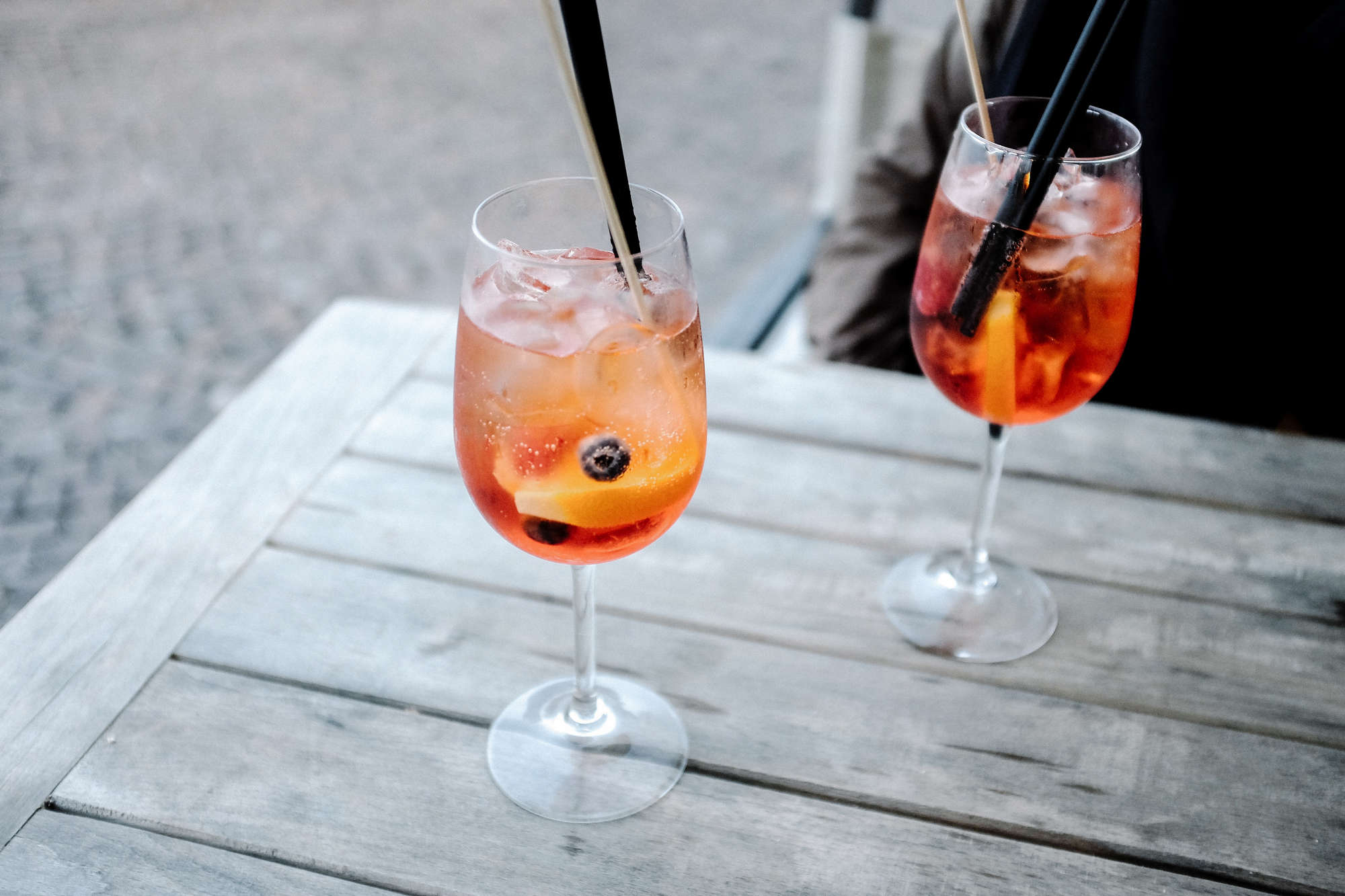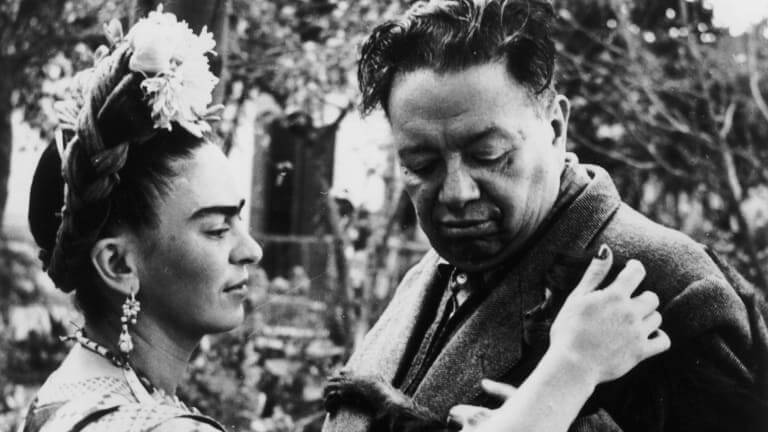Spotlight Series: Meet Jennie Hirsh

Learn with Context Expert, Jennie Hirsh
Jennie Hirsh
Jennie Hirsh is one of our leading experts in glass art, design, the ancient world, Venice, and other topics in art and history.
Glass made in Murano has fascinated since I first traveled to Italy in 1992, when I participated in a semester-long, undergraduate study abroad program focused primarily on the ancient world. This intensive program—a rich combination of on-site lectures with classroom learning—taught me first-hand how visiting and walking through the archaeological remains of the Romans in Rome, Pompeii, and Ostia, as well as the impressive Greek temples of Sicily brought history to life in ways that no textbook ever could. What’s more, visiting these places while also studying Italian renaissance painting, sculpture, and architecture ignited my interest in thinking about the classical tradition not only as evidence of ancient society but also as fodder for later periods of history intent on preserving, analyzing, and revising the historical as well as mythological narratives. All the while, however, I was captivated by twentieth-century objects that were not then part of my studies. These works, by what seemed like lesser-known modern and contemporary artists, architects, and designers, included fascist-era decorations of public buildings, like the University of Rome (La Sapienza), and the twentieth-century Italian glass vessels that I saw on display in larger numbers when I first visited Venice (and Murano) that spring.
Once back at the University of Pennsylvania for last year of college, I started to consider how I could explore ancient material culture, and I began to enjoy new ways of thinking about the ancient world and its legacy. As a result, I wrote my senior thesis on ancient bathing, analyzing various decorative programs of bath houses as well as how bathing functioned as a topos in literature. At the same time, I began to shift my focus to art history, taking courses in Ancient Roman and Renaissance art as I completed my undergraduate studies. By the time I applied to graduate school and enrolled at Bryn Mawr College, I was fully focused on Renaissance secular art, fascinated by the twists and turns in the stories to be found on each wedding cassone (chest), desco da parte (birth salver), and spalliera panel. As a result, I wrote my MA thesis on a cycle of early sixteenth-century frescoes by Parmigianino depicting the myth of Diana and Actaeon in Fontanellato.
At the same time, as I moved through my program at Bryn Mawr, the art, architecture, cinema, and design of twentieth-century Italy continued to haunt me. As such, I enrolled in a second graduate program to earn an MA in Italian at Middlebury College, something that I was able to complete over a series of summers. This experience equipped me with the opportunity to hone the language skills I needed to conduct advanced research in Italian about the postwar cinema, modern frescoes and sculptures, as well as a battery of twentieth-century exhibitions, like but also the chance to begin research on specific topics, including the artist Giorgio de Chirico and other aspects of modern Italy. I began to pull together these interests as I shifted my focus to modern Italy as I eventually prepared my PhD exams and then a doctoral thesis on the painting and writing of de Chirico. Over the years, understanding the relationship between art, architecture, and politics under Italian fascism has shaped and inspired much of my research, writing, and teaching.
Since 2009, I have spent summers in Venice where I have led a summer travel program focused on the history of the Biennale from its inception in 1895 to the present. It has been a pleasure to expand my study of the history of Murano glass production, an art form whose colors, shapes, and shadows continue to enchant, mesmerize, and delight me. Describing the chemistry as well as artistry involved in making the colors and textures of specific vessels, pieces of jewelry, chandeliers, and more is as important to me as sharing information about how artisans have initiated new styles and resuscitated ancient ones. Knowing how much this craft is at risk today given the excessive costs of production and other logistical challenges inspires me to continue to celebrate this important aspect of Italian art history.
Jennie Hirsh (Ph.D., Bryn Mawr College) is a Professor of Modern and Contemporary Art at the Maryland Institute College of Art. She has held postdoctoral fellowships at Princeton and Columbia Universities, as well as pre-doctoral fellowships from the Mrs. Giles Whiting Foundation, the U.S. Fulbright Commission, the Gladys Krieble Delmas Foundation, and the Wolfsonian FIU.
Even More from Context
We're Context Travel 👋 a tour operator since 2003 and certified Bcorp. We provide authentic and unscripted private walking tours and audio guides with local experts in 60+ cities worldwide.
Search by CityKeep Exploring











